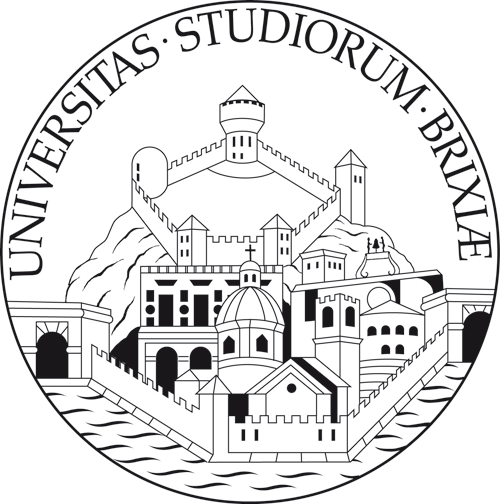
Keynote
Title: Nanoscience and Nanotechnology for advanced Metal Oxides Gas Sensors
Guido Faglia
Associate Professor of Experimental Physics
SENSOR Lab
University of Brescia and CNR-IDASC, Department of Physics and Chemistry for Materials and Engineering
Via Valotti 9
25133 Brescia, Italy
Abstract: Metal oxide nanowires are single crystalline materials featuring nanosized cross section, high aspect ratio, high crystalline degree and lateral surfaces terminating with well defined crystalline planes. These peculiarities and the way to exploit them in functional devices featuring innovative properties has been widely studied by several authors working in fields including electronics, optoelectronics, mechanics, energy harvesting, bio- and gas-sensing.
In this presentation I’ll focus on gas-sensors, showing the potentialities of these nanomaterials to the field.
In the first part I will review the working principle of chemiresistor devices and the affinity between the nanowire structure and the key points underlying the design of highly performing sensing layers.
In the second part I will present the work done in my lab concerning the synthesis of different metal oxides, such as SnO2, ZnO, CuO, with nanowire structure, their integration into functional layouts and their gas-sensing properties. To show the potentialities of this technology in gas sensing and compare it with thin films traditionally employed in the field I’ll focus on security application, in particular the detection of chemical warfare agents (CWAs) simulants. The presentation will be developed addressing the sensor performance in terms of sensitivity, selectivity and stability.
I’ll conclude introducing innovative devices based on surface ionization phenomena, featuring high selectivity to compounds with low ionization energy and high proton affinity such as amine groups contained in drugs. Yet, benefits arising from the use of nanostructured materials and nanofabrication techniques will be pointed out.
Guido Faglia is involved in the study of preparation of metal oxide semiconductors MOX as thin films and quasi monodimensional nanostructures and their functional characterization. He has been involved in European Commission Projects since 1992 in basic and applied physics research on semiconductors and their application in interdisciplinary fields from sensing to (opto)electronics and energy.
He has a relevant working experience with many other international institutions like NATO, European Space Agency ESA, and the International Association for the Promotion of Co-operation with Scientists from the New Independent States (NIS) of the Former Soviet Union INTAS. During his career Guido Faglia has published 135 articles on International Journals with referee (http://www.researcherid.com/rid/E-6991-2010) and was co-author of dozens of invited talks at international congresses.
His H-factor is 32 (source ISI and Goggle Scholar).
He is referee of many international journals among which Advanced Materials, Angewandte Chemie, Advanced Functional Materials and Sensors and Actuators B.


